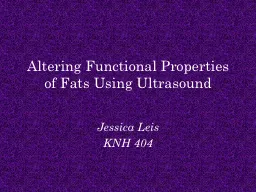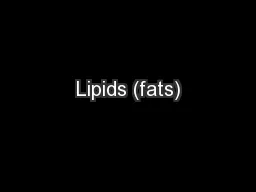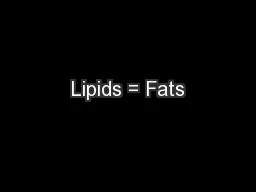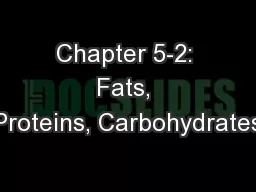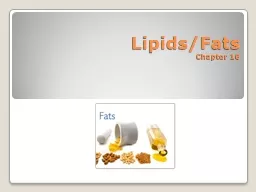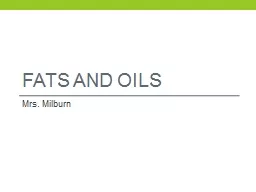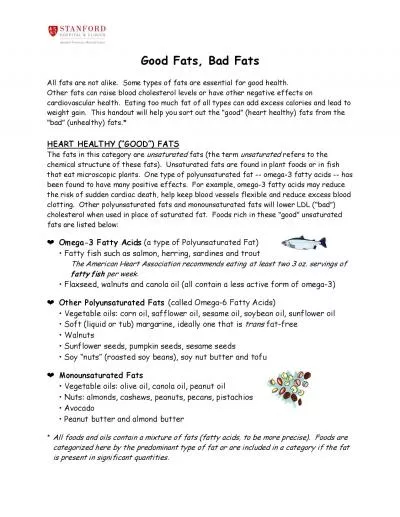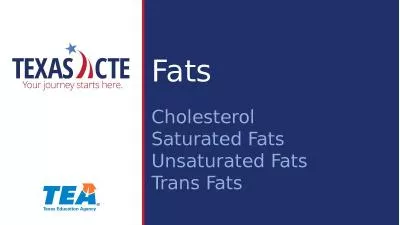PPT-Altering Functional Properties of Fats Using Ultrasound
Author : kittie-lecroy | Published Date : 2017-03-17
Jessica Leis KNH 404 Information obtained from the Journal of Food Science Issue 74 Suzuki A Lee J Padilla S amp Martini S 2010 Main Objective To find
Presentation Embed Code
Download Presentation
Download Presentation The PPT/PDF document "Altering Functional Properties of Fats U..." is the property of its rightful owner. Permission is granted to download and print the materials on this website for personal, non-commercial use only, and to display it on your personal computer provided you do not modify the materials and that you retain all copyright notices contained in the materials. By downloading content from our website, you accept the terms of this agreement.
Altering Functional Properties of Fats Using Ultrasound: Transcript
Download Rules Of Document
"Altering Functional Properties of Fats Using Ultrasound"The content belongs to its owner. You may download and print it for personal use, without modification, and keep all copyright notices. By downloading, you agree to these terms.
Related Documents

